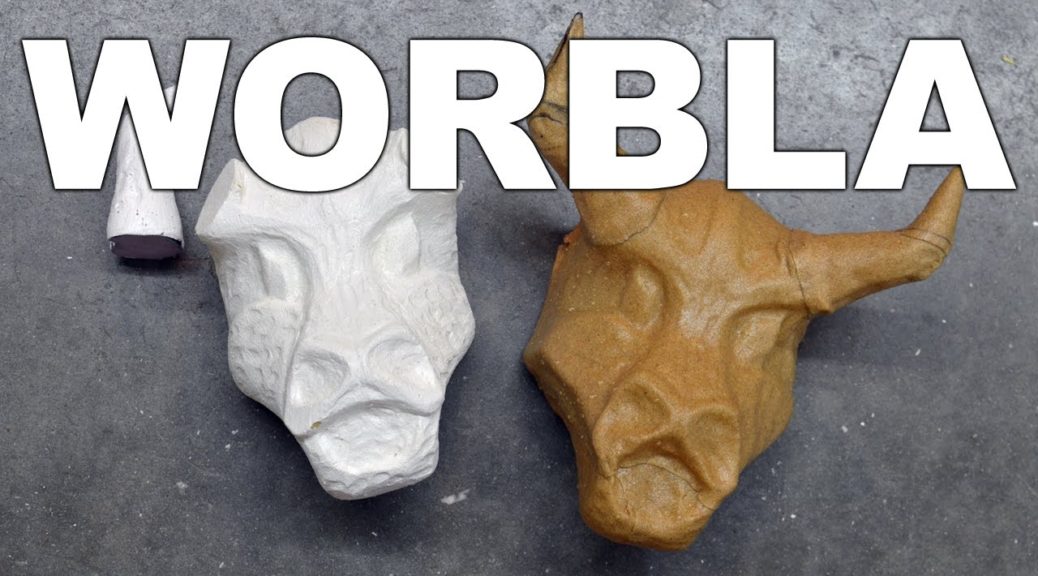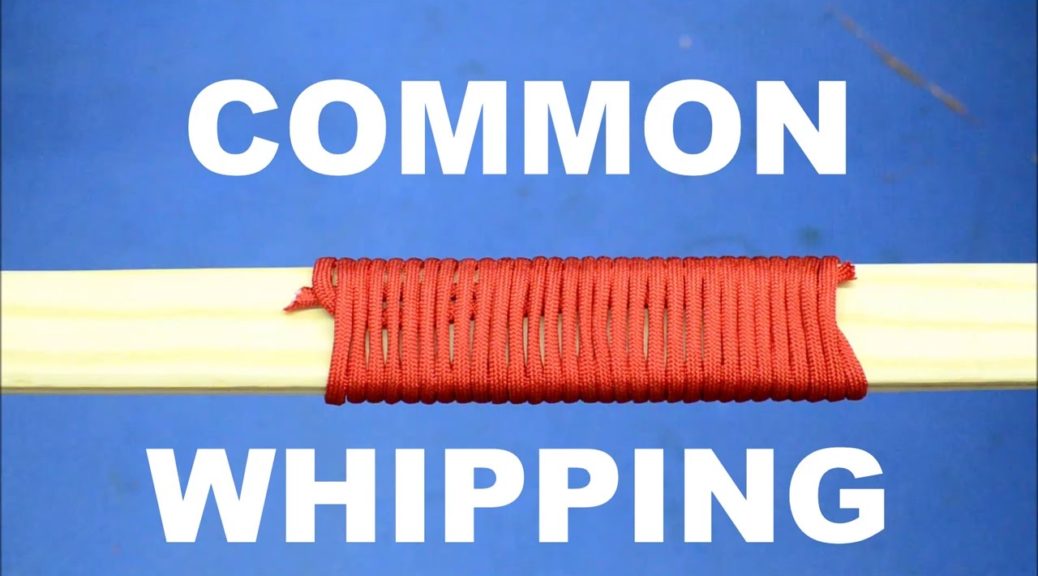A matrix mold appears like many other molds, where a thin mold of silicone rubber is supported by a thicker shell of plaster or fiberglass. However, you make a matrix mold by pouring the plaster first, then filling the area between the plaster and the model with silicone rubber. You do this by using clay to take the place of the rubber when pouring the plaster.
It is a very economical way of making a mold, since you use the least amount of silicone rubber necessary; the rubber is the most expensive material in a mold.
I made a video demonstrating how to create a one-piece matrix mold.
Matrix molding is one of the new techniques added to the second edition of The Prop Building Guidebook: For Film, Theater, and TV, which comes out February 10, 2017. You can see all the companion videos at the Prop Building Guidebook website.





